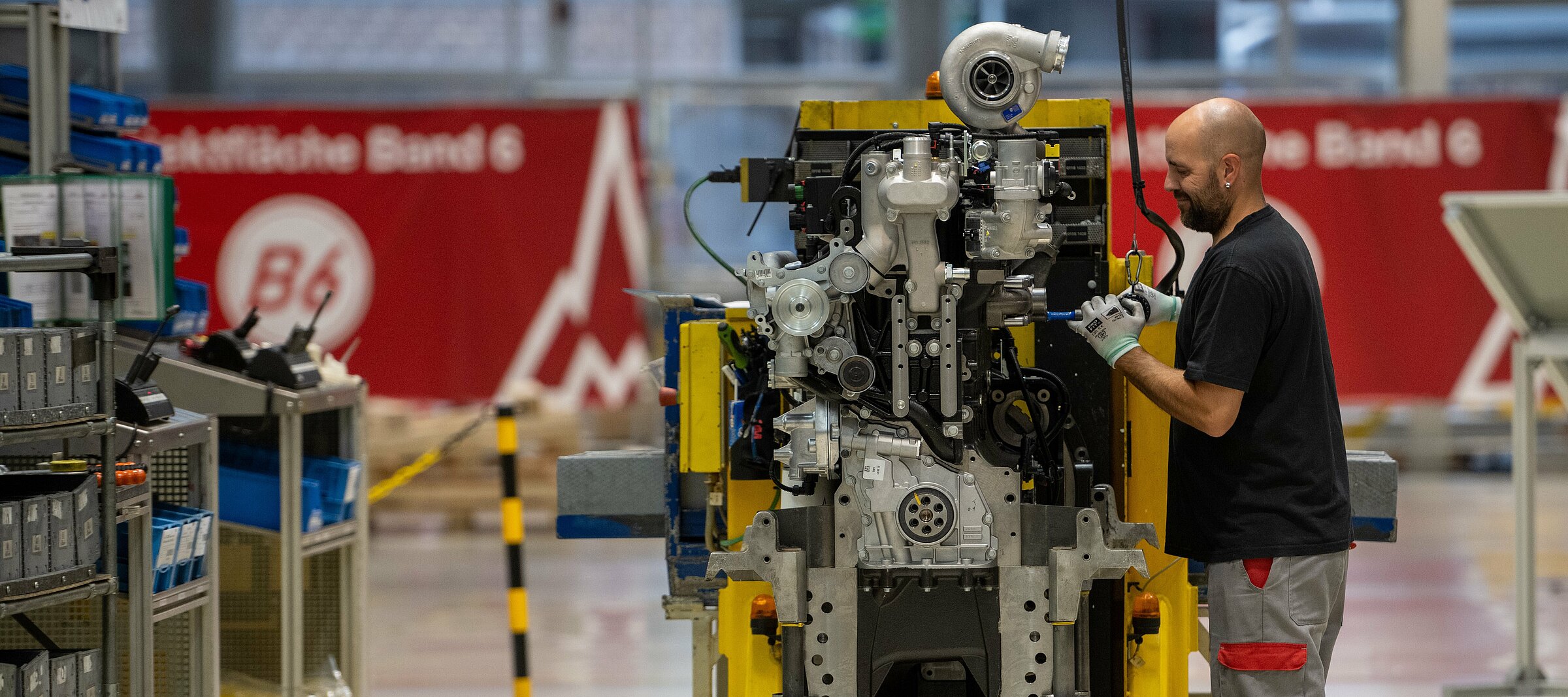
Fuels of the Future
Hydrogen -
A clean source
of energy
Hydrogen is a naturally occurring chemical element. It is a key building block for a climate-friendly energy supply of the future.
FAQ
Hydrogen is a naturally occurring chemical element and a key component of future climate-friendly energy supply. Hydrogen usually exists as a molecule and can be stored, transported and used as an energy carrier in gaseous or liquid form for energy conversion (reconversion into electricity). Hydrogen is usually found in nature in the form of compounds and must therefore be separated from a hydrogen-rich starting material using energy. These may include
- Natural gas
- Other hydrocarbons such as oil
- Biomass
- Water
- Other compounds containing hydrogen (e.g. ammonia NH3)
Chemical, electrical, thermal or solar energy can be used to separate these substances and produce pure, uncombined hydrogen. Depending on the production process, the hydrogen produced is colloquially described by different colours.
Hydrogen is a very flammable gas. However, it is assigned different colours depending on its origin.
Green hydrogen is produced by electrolysis of water. This is done using electricity from renewable energy sources that do not release CO2 into the atmosphere. No CO2 is released during the production of green hydrogen.
Grey hydrogen is usually produced from fossil natural gas by steam reforming. This produces about 10 tonnes of CO2 per tonne of hydrogen. The CO2 is released into the atmosphere. This hydrogen needs to be replaced with climate-friendly hydrogen.
Blue hydrogen is grey hydrogen produced by storing the CO2 instead of releasing it into the atmosphere (CCS, Carbon Capture and Storage). This process can store up to 90% of the CO2.
Orange hydrogen is hydrogen produced from waste and residual materials. It is considered CO2 neutral.
Turquoise hydrogen is hydrogen produced by thermal decomposition of methane (methane pyrolysis). Instead of CO2, it produces solid carbon that does not escape into the atmosphere. The methane pyrolysis process is still under development.
White hydrogen is found in natural deposits. Whether it can be used in the future is still unclear. The formation of white hydrogen and its transport in the Earth's crust are still poorly understood.
In its pure form, hydrogen can be stored as a compressed gas in pressurised containers or as a cryogenic liquid in insulated containers. It can also be chemically bonded and stored in the form of synthetic fuels or LOHC (Liquid Organic Hydrogen Carrier). In this way, the bound hydrogen can also be stored under normal conditions in conventional tanks for crude oil and petroleum products.
Existing underground pore or salt cavern storage facilities can also be considered as stationary hydrogen storage for gaseous and chemically bound hydrogen. These are currently used to store natural gas and crude oil.
A hydrogen engine uses gaseous hydrogen as fuel and works on the same principle as a petrol engine, i.e. the engine operates with a cycle of intake, compression, combustion (working) and exhaust. This process is characterised by the compression of an air-fuel mixture, followed by ignition by a spark. Due to the properties of hydrogen, all engines are equipped with an ignition system. Occasionally there are also approaches in which combustion takes place by means of a very early, short diesel injection followed by compression. However, DEUTZ does not pursue this approach, as the injection of diesel also means that a fossil fuel is used proportionally.
An H2 engine is generally distinguished according to the type of mixture formation.
- External mixture formation, i.e. manifold injection: The fuel is mixed with air before it enters the combustion chamber. The engine sucks in a mixture of air and hydrogen. After compression in the combustion chamber, the mixture is ignited by spark plugs.
- Internal mixture formation, i.e. direct injection: The engine sucks in air. The hydrogen is injected at high pressure directly into the combustion chamber. There it mixes with the air in the combustion chamber, is compressed and then ignited.
